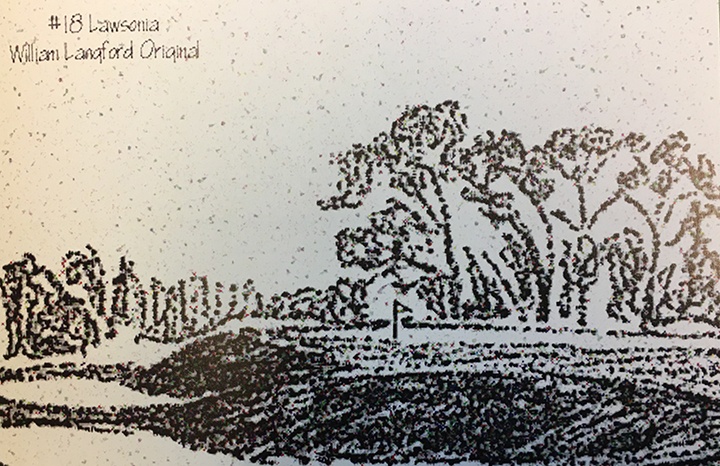 Paul Albanese captained the Cornell University golf team before earning a master’s in landscape architecture at Harvard. During his tenure at Harvard, Paul received a prestigious Penny White grant for travel to Scotland to study classic precedents in golf architecture, as well as how the golf landscapes of Scotland function as vital components of its society. Paul is also the director of Golf Course Architecture at the Edinburgh College of Art in Scotland. After working with Michigan golf architect Jerry Matthews, he partnered with Chris Lutzke, a Pete Dye disciple, to found Albanese & Lutzke. He’s worked on the following golf course designs: Timberstone Golf Course in Iron Mountain, Michigan; Mill Creek Golf Club in Rochester, New York; Quail Ridge Golf Course in Ada, Michigan; the Traditions Golf Club in Edmon, Oklahom; Cana Hills Golf Club in the Dominican Republic; and the Equestrian Club in Marrakech, Morocco.
Paul Albanese captained the Cornell University golf team before earning a master’s in landscape architecture at Harvard. During his tenure at Harvard, Paul received a prestigious Penny White grant for travel to Scotland to study classic precedents in golf architecture, as well as how the golf landscapes of Scotland function as vital components of its society. Paul is also the director of Golf Course Architecture at the Edinburgh College of Art in Scotland. After working with Michigan golf architect Jerry Matthews, he partnered with Chris Lutzke, a Pete Dye disciple, to found Albanese & Lutzke. He’s worked on the following golf course designs: Timberstone Golf Course in Iron Mountain, Michigan; Mill Creek Golf Club in Rochester, New York; Quail Ridge Golf Course in Ada, Michigan; the Traditions Golf Club in Edmon, Oklahom; Cana Hills Golf Club in the Dominican Republic; and the Equestrian Club in Marrakech, Morocco.
I was excited to work on the restoration of the bunkers at Christiana Creek Country Club in Elkhart, Indiana. This was a Golden Age William Langford design, and our goal was to authentically restore the bunkers in his style.
During the process, the construction managers, shapers, and I were discussing the forms of the bunkers.
“Back in the day,” I explained, “the original bunkers were built using horses.”
My construction manager quipped, “If we want to be authentic, that’s how we should do it!”
The room was full of chuckles.
“No, really,” he maintained. “I can find some horses to do the work.”
“Let’s do it,” I agreed.
And we did.
Even though the idea was tongue-in-cheek, the actual process of constructing a couple of bunkers with horses was an eye-opening experience. It truly gave me an appreciation for how the old architects from the Golden Age were able to create the unique and interesting forms of that era.

